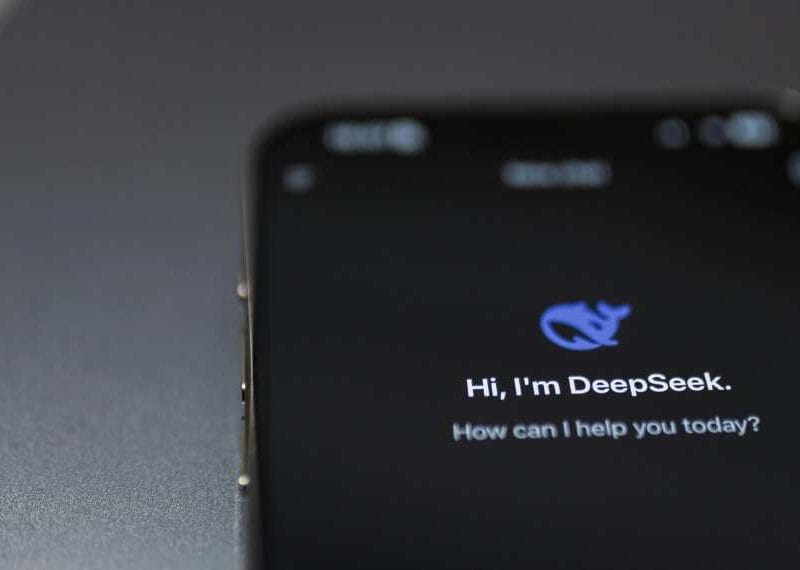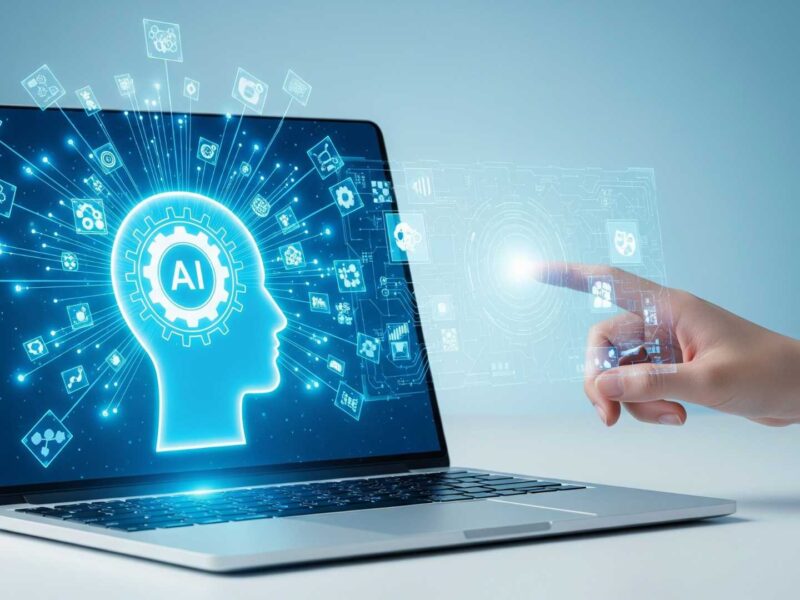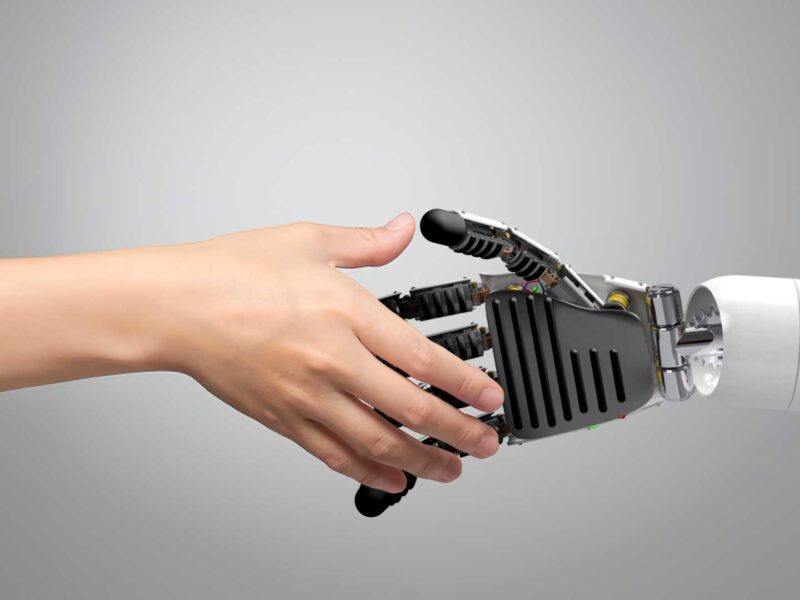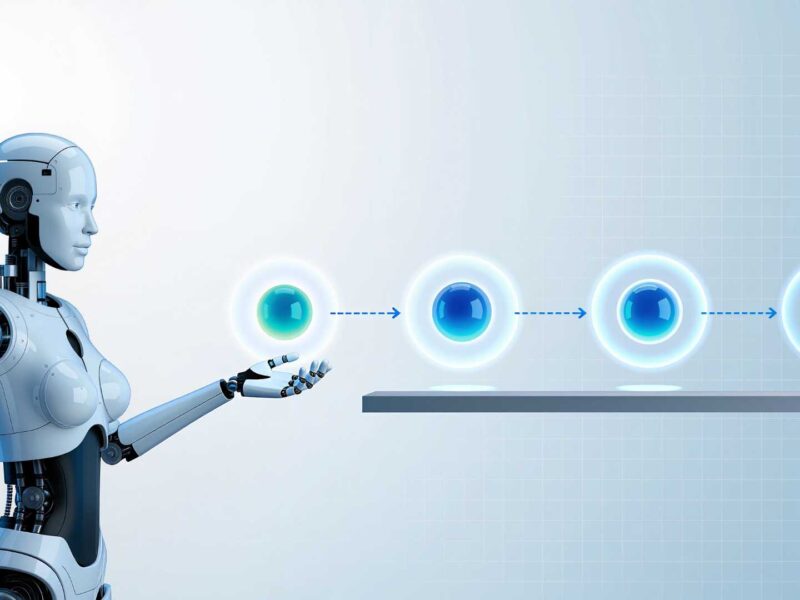Harnessing Tech to Thrive: Industry Leaders on What Sets Teams Apart
“Tech advancements won’t replace your employees, but teams that use it better than yours sure can!”
In today’s fast-evolving tech landscape, this rings truer than ever. From AI streamlining workflows to cloud tools enabling seamless collaboration, the real competitive edge lies in how organizations wield technology to empower their teams.
But what does this look like in practice?
The Techronicler team asked tech leaders, professionals, and experts:
“What recent shift or incident in your organization or the tech industry reminds you of this principle?”
Their stories—from manufacturing plants slashing errors with AI to startups outpacing rivals with agile tools—reveal the strategies, challenges, and triumphs of teams that harness tech to stay ahead, offering a roadmap for anyone looking to future-proof their workforce.
Read on!
Aimei Wei
The obvious answer here is AI. We’ve already seen AI take other industries by storm, such as retail and financial services.
In 2025, artificial intelligence will become the most widely used tool in cybersecurity, both by malicious actors using it to enhance cyber attacks like hyperrealistic phishing campaigns, and by technology companies rolling out AI features to help customers automate their defensive capabilities.
We’ve never seen a technology advance at the speed AI has. While many companies are successfully introducing AI to their security products and platforms, we still need human intuition and decision-making capabilities to make the final call.
Senior Security Analysts will always be critical human anchors in this process. In cybersecurity, it will be less a matter of AI replacing employees and more a matter of losing a job opportunity due to a lack of understanding of how to operate AI within the context of a security program.
Security practitioners need to find opportunities to close those AI skill gaps today. With the number of open-source tools, active AI communities, and freely available training content, it’s easier to do so than ever before. In other words, it’s never too late to learn AI.
This year, the cybersecurity job market will witness a huge hiring spike in AI-related security positions. There is one new role that I believe will take off this year. However, finding candidates with the right skill set will be challenging.
The AI Researcher will become one of the hottest cybersecurity hires in 2025. Because AI researchers can study malicious actors’ use of AI in hacking campaigns, analyze AI effectiveness within the tech stack, and develop internal policies on AI usage, they will be in high demand everywhere. This role will require a Master’s or PhD in Computer Science, Data Science, Information Technology, or a related field.

Aimei Wei
Founder & CTO, Stellar Cyber
Sarah Williams
In the recruiting industry, AI adoption is often driven by client expectations. Many companies now see traditional hiring methods as outdated, believing that AI will bring greater precision and efficiency to the process.
While this isn’t always the case, that’s not the point. Ignoring the trend can put your firm at a disadvantage, especially if competitors are actively embracing AI-driven solutions. Staying ahead means not just adopting the technology, but also guiding clients through its capabilities and limitations.
Meeting these evolving demands requires a balance of hands-on demonstrations, technical education, and transparency. Clients need to understand that while AI is a powerful tool, the human element remains irreplaceable. At Recruit Healthcare, we focus on thoughtful integration rather than resistance—ensuring AI enhances, rather than replaces, the expertise and intuition that define great recruiting.
Simply dismissing these advancements won’t work. The key is to adopt them strategically while reinforcing the value of human judgment in hiring decisions.

Sarah Williams
Founder and Principal, Recruit Healthcare
Tracie Crites
At Heavy Equipment Appraisal, we constantly adapt to tech advancements to better serve our clients. In our industry, technology is changing the way we handle valuations and client communications, and staying ahead is key to remaining competitive.
A recent shift that comes to mind was when we integrated AI-driven data analysis tools into our appraisal processes. While it didn’t replace our team, it made their work more efficient, allowing them to focus on higher-value tasks like client relationships and complex assessments.
The result? We saw a 17% increase in turnaround speed and a 12% boost in customer satisfaction. Teams that embrace tech are winning, but those that don’t adapt to change can fall behind quickly.

Tracie Crites
Chief Marketing Officer, HeavyEquipment
Adil Advani
A recent shift that proves this point is the rise of AI-driven automation in cybersecurity. At Securiti.ai, AI helps teams analyze massive data sets, detect anomalies, and ensure compliance faster than ever before. However, it hasn’t replaced security analysts—it has made them more effective.
One incident that stands out is when AI flagged a high-risk data exposure within minutes—something that would have taken a human team hours to catch manually. Instead of replacing employees, AI empowered them to focus on strategy and decision-making rather than routine monitoring.
The real challenge isn’t whether tech will take jobs—it’s whether companies train their teams to leverage it smarter than their competition.

Adil Advani
Associate Product Owner, Securiti.ai
Carla Niña Pornelos
One of the most striking reminders of this reality is how AI-powered tools are transforming the creative and editorial industries. While some feared that automation and machine learning would replace human creativity, the real shift has been in how teams leverage these technologies to enhance efficiency and innovation.
For example, we recently integrated AI-driven art curation and content
recommendation systems at Wardnasse to personalize user experiences. Instead of replacing our team, these tools amplified their capabilities—allowing curators to focus on deeper artistic analysis and writers to craft more engaging narratives. Meanwhile, organizations resistant to tech adoption struggled to keep up, as competitors using AI gained a sharper edge in content delivery and audience engagement.
The takeaway? It’s not about machines taking over but about who adapts faster. The teams that embrace technology thoughtfully will always outpace those that resist it.

Carla Niña Pornelos
General Manager, Wardnasse
Omar Alvarez
I’ve worked in tech and at top Fortune 500 companies like Nike, Levi’s, and Hims & Hers in the telehealth space, and while I don’t think tech advancements will replace all employees, they will reduce some roles.
We can now use technology for simple queries—like deep research, as OpenAI’s latest update enables—or even more complex workflows like Zapier + AI to automate email handling, organization, and follow-ups. That kind of automation replaces a layer of light admin work.
I don’t think technology will fully replace employees, but it will shift the landscape. Learning to use tech to respond, design, research, and move faster is the key. The workplaces that understand how to integrate these tools and create seamless handoffs between human input and automation will be the ones that stay ahead.

Omar Alvarez
Founder & CEO, Kinnect
Tolu Amadi
I recently had a conversation with an accounting specialist who was convinced that AI would eliminate the need for account reconciliation, making his role redundant. As he spoke, all I could think about was—who’s programming the AI, and who’s ensuring accuracy?
I asked him if reconciliation was the only aspect of his job, and he admitted there were other key functions.
So, I reframed the conversation: instead of working 18-hour days during month-ends, wouldn’t it be better to leverage AI for efficiency, allowing him to focus on reporting and strategic analysis?
He paused, then agreed—automation wasn’t a threat, but a tool to enhance his role and improve work-life balance.

Tolu Amadi
Certified Business Consultant, Tolu Amadi
Renante Altar
Recently, our team’s adoption of AI-powered project management tools starkly reminded me of the need to keep pace with tech advancements.
We initially hesitated, fearing job displacement. However, once implemented, these tools dramatically streamlined our workflows, allowing us to take on more projects and focus on higher-value tasks. This shift didn’t replace our team; instead, it empowered us to work smarter and more efficiently.
It was a wake-up call that embracing technology isn’t about replacing humans, but about augmenting our capabilities to stay competitive in an ever-evolving digital landscape.
This experience reinforced the idea that it’s not the tech itself, but how effectively teams leverage it, that truly drives success and innovation in today’s fast-paced tech industry.

Renante Altar
Project Manager, Creloaded
Rico Macaraeg
Technology isn’t here to replace us but to help us lead better.
At StriveWell, we’ve embraced automation to allow our studio leaders to focus on the bigger picture instead of getting lost in day-to-day admin work.
We integrated apps like Prospr to manage schedules, assign tasks, and centralize communication, keeping our teams in sync and enhancing collaboration. This shift has freed leaders to drive growth, focus on member experience, and build stronger studio communities.
The truth is that companies that use technology to make operations run smoothly will always have the upper hand.
It’s not working harder; it’s working smarter and making room for what matters: leadership, innovation, and connection to the people.
Alessandro Scopetoni
We’ve been seeing a surge in startups coming to us with MVPs they built using no-code tools or AI, believing they could shortcut the development process. The result? Most of these products are unscalable, inefficient, and ultimately unusable. We often have to start from scratch.
This shift highlights a key reality, AI and no-code tools aren’t replacing developers, but teams that understand how to use them effectively are outpacing those that don’t. At MVPMule, we integrate AI into our workflows for speed and efficiency, but we also know its limitations. The real competitive edge isn’t just using new tech, it’s knowing when, where, and how to apply it.

Alessandro Scopetoni
Co-Founder, MVPMule
On behalf of the Techronicler community of readers, we thank these leaders and experts for taking the time to share valuable insights that stem from years of experience and in-depth expertise in their respective niches.
If you wish to showcase your experience and expertise, participate in industry-leading discussions, and add visibility and impact to your personal brand and business, get in touch with the Techronicler team to feature in our fast-growing publication.












